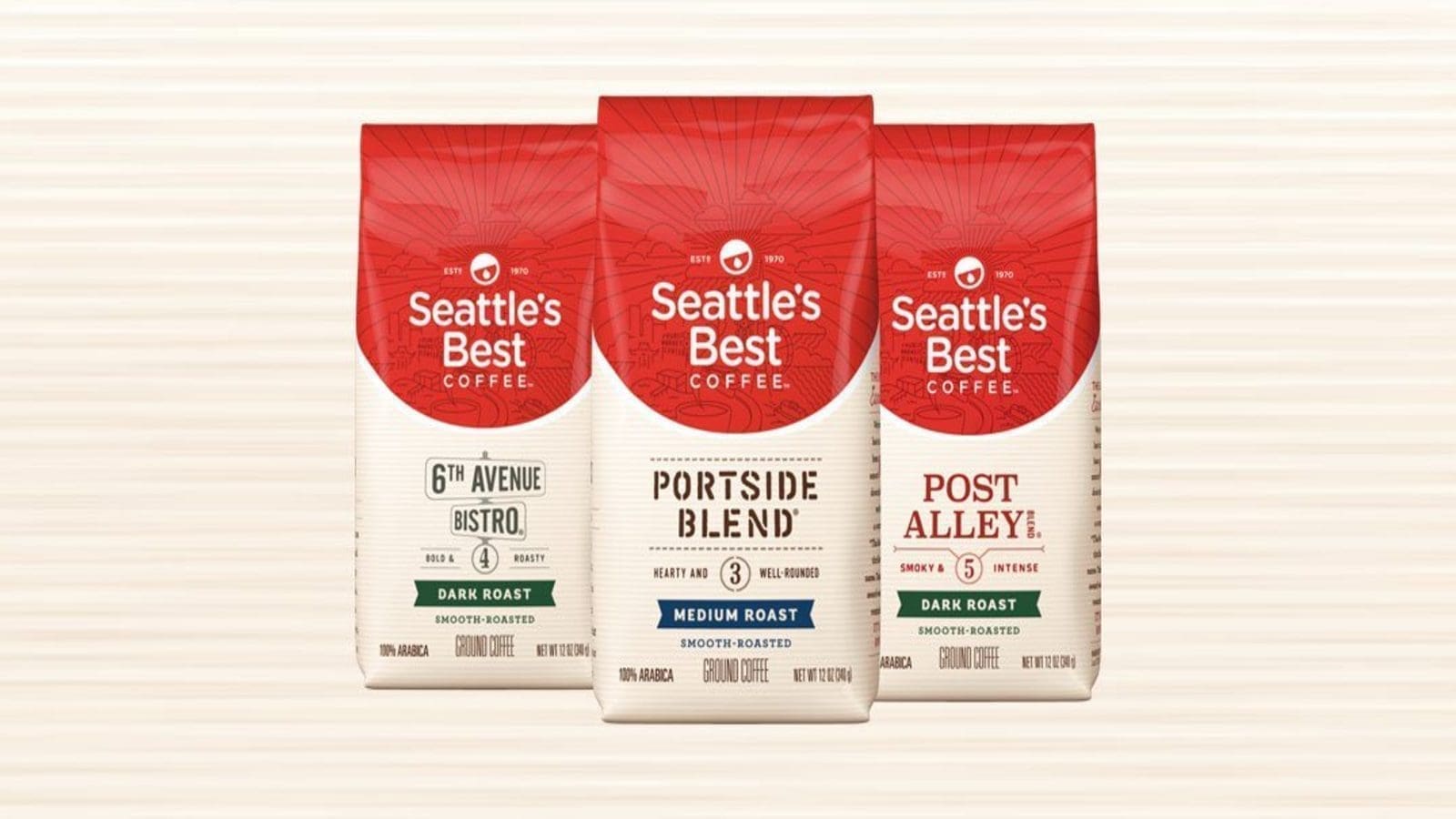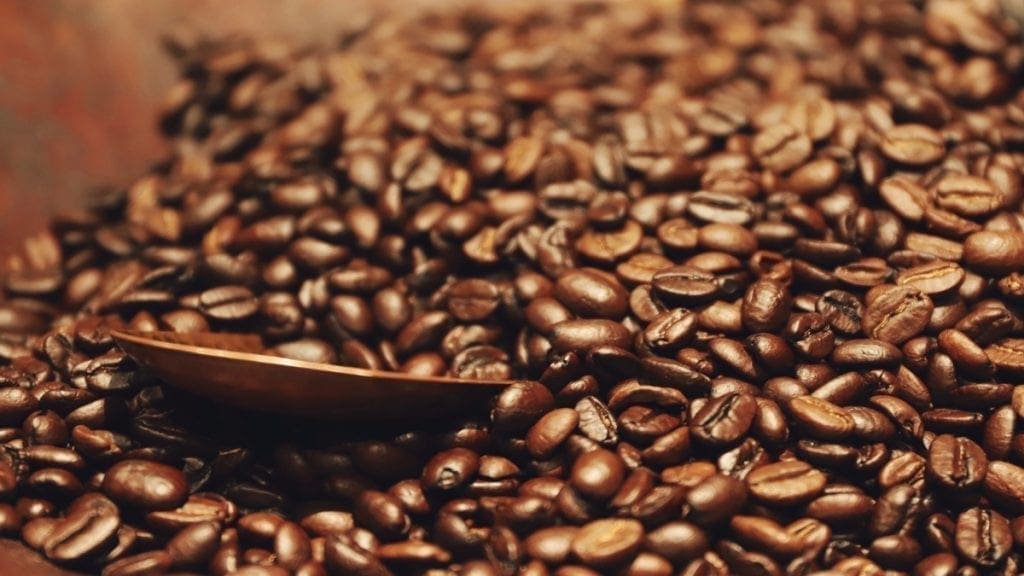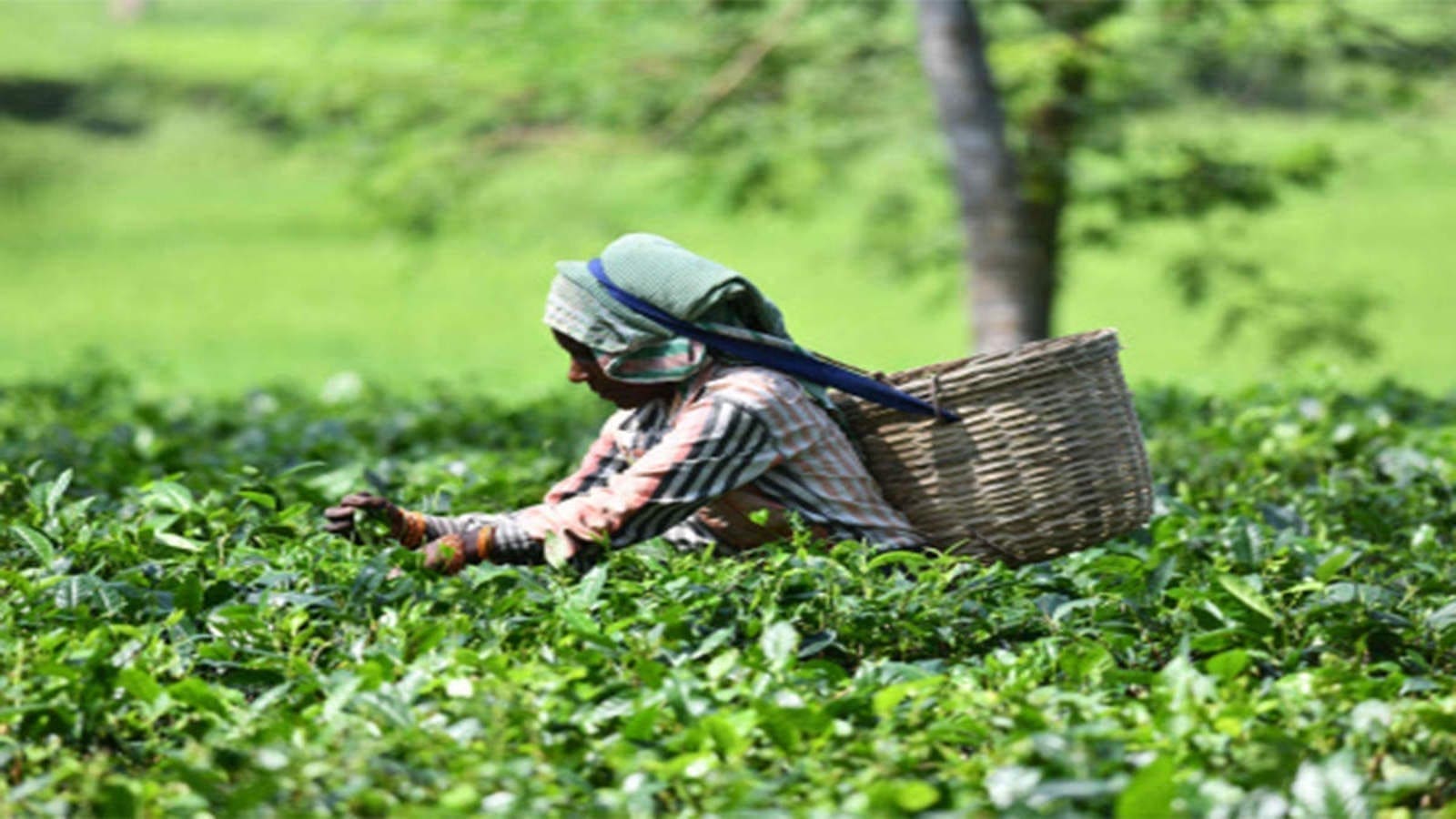WORLD – The world faces a third successive coffee production deficit, despite the consumption estimate facing an, unusual, decline, the International Coffee Organization said, in a report viewed as bolstering market sentiment.
The ICO, in its first forecasts for global coffee supply and demand in 2016-17, on an October-to-September basis, pegged production at 151.6m bags, up less than 200,000 bags year on year.
While arabica output is forecasting hitting a record 93.5m bags, buoyed by strong results in Brazil and Colombia, the top two producing countries, robusta volumes were seen falling 6.0% to a four-year low of 58.2m bags.
In Vietnam, the top robusta growing country, the ICO said that “prospects for 2016-17 are less positive, with drought at the beginning of calendar year 2016 likely affecting output,” seen falling 11.3% to 25.5m bags.
Drought in Brazil’s robusta-growing areas has also left the country with “negligible export availability” of the variety, while output from Indonesia, another major robusta producer, was seen tumbling 18.8% at 10m bags.
“Furthermore, the vibrant domestic consumption market will reduce export availability,” the ICO said.
Still, the organisation revealed a drop in its consumption number for 2016-17 too, by 600,000 bags – a rare occurrence in a market in which world demand is typically seen rising by some 2-2.5% a year.
However, the ICO urged caution over translating this trend into actual coffee drinking, saying that strength in its estimate for 2015-16, which was hiked by 4.4m bags to 155.7m bags, may reflect increased inventories.
“It is possible that some of this change can be attributed to increases in pipeline stocks which are not officially recorded, rather than actual consumption,” the ICO said.
“Consumption in 2016-17 may show a statistical decrease as these stocks are absorbed into the market, despite overall growth in the market.”
‘Sufficient consumer stocks’
The comments tally with an observation earlier this week from veteran analysts Judith Ganes Chase of “sufficient stocks [of coffee] in consumer hands” an idea supported by strong coffee export data.
“For a market that had rallied up previously on tight supplies, I still don’t see this,” Ms Ganes Chase said.
“Export data from the ICO points to large shipments and likely destocking by producers to take advantage of the better prices.”
The ICO said that data from the first two months of 2016-17 showed exports are “already 1.5m bags higher than last year, on 19.5m bags, with total exports over the last 12 months reaching 117.6m bags”.
Three-year low
The ICO also highlighted the support given to robusta coffee prices, compared with arabica values, from the relative production fortunes of the two varieties, saying that “prices on the futures markets have reflected these developments.
“The possibility of a record crop in Brazil in 2016-17 put downward pressure on arabica prices. Robusta prices, on the other hand, strengthened as heavy rains in Vietnam disrupted supply.”
The premium of arabica futures over robusta ones – the so-called arabusta spread – “narrowed considerably, reaching a 35-month low of 42.58 cents a pound on December 28”.
‘Longer-term coffee price buoyancy’
The spread has since widened as arabica prices have made a strong start to 2017, soaring by 9% so far, amid buying attributed in part to index funds, undertaking their annual portfolio reweighting process, but also by roasters, who have switched some demand to arabica beans.
Roasters “have considered robusta coffees to be an opportunist discount component, within their mostly arabica coffee blends”, I&M Smith said.
The trading house also flagged the potential for the ICO report, in showing a third successive production deficit in 2016-17, to offer some support to prices.
“There is no doubt that the ICO figures – along with some concerns over the prospects for unquestionable deficit in robusta coffee supply for the present coffee year with the added longer term concerns over the prospects for the new 2017 Brazil crop – shall assist to limit the downside potential for the coffee terminal markets.”
Wednesday’s announcement by JM Smucker of 6% increases to prices of coffee brands such as Folgers and Dunkin’ Donuts also “indicates respected industry belief in the potential for longer-term coffee price buoyancy, which would assist to inspire some degree of positive market confidence”.
January 12, 2017; Agrimoney









